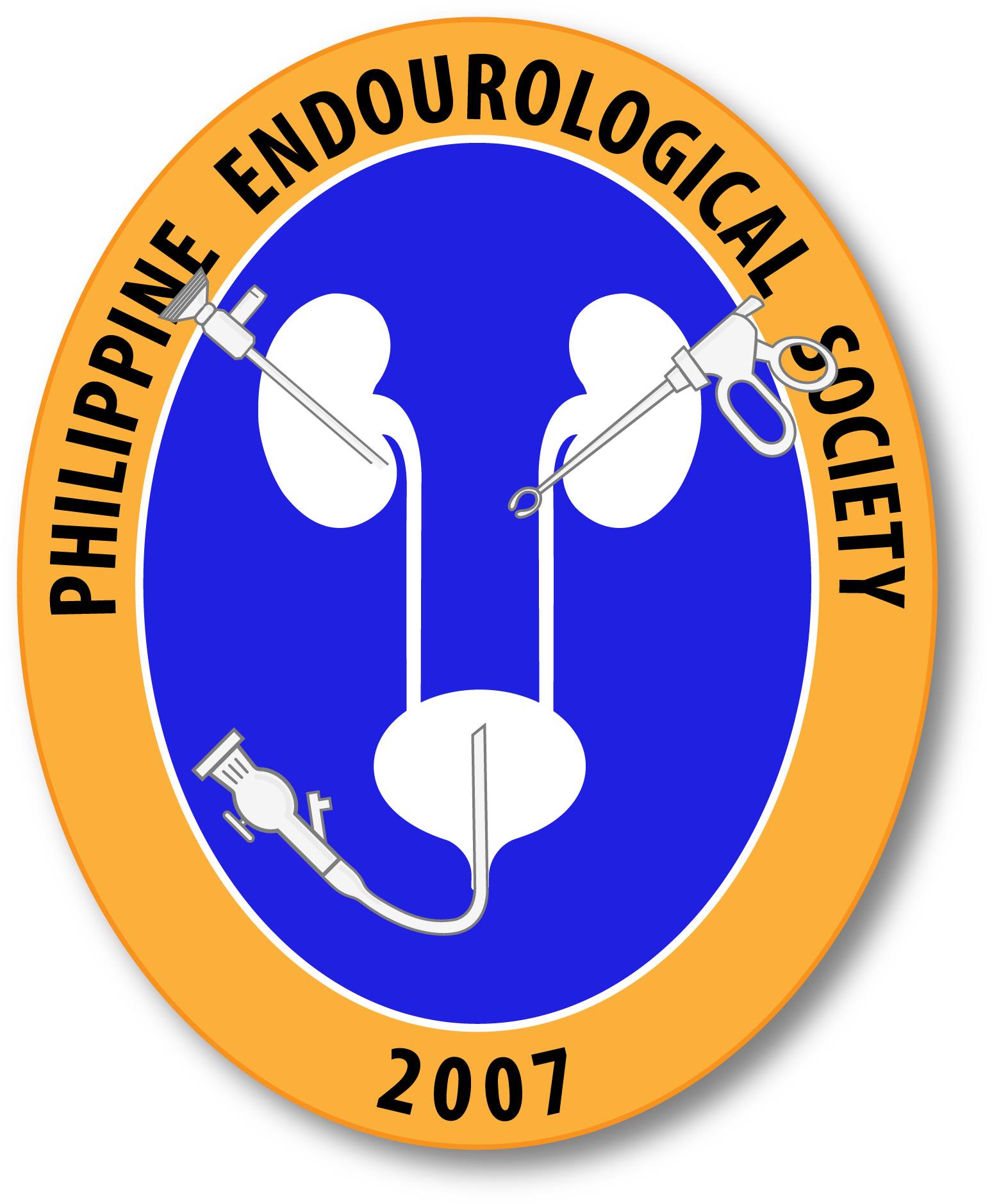Focal Prostate Stereotactic Body Radiation Therapy With Correlative Pathological and Radiographic-Based Treatment Planning.
Advances in multiparametric MRI (mpMRI) combining anatomic and functional imaging can accurately identify foci of adenocarcinoma within the prostate, offering the possibility of partial gland therapy.
